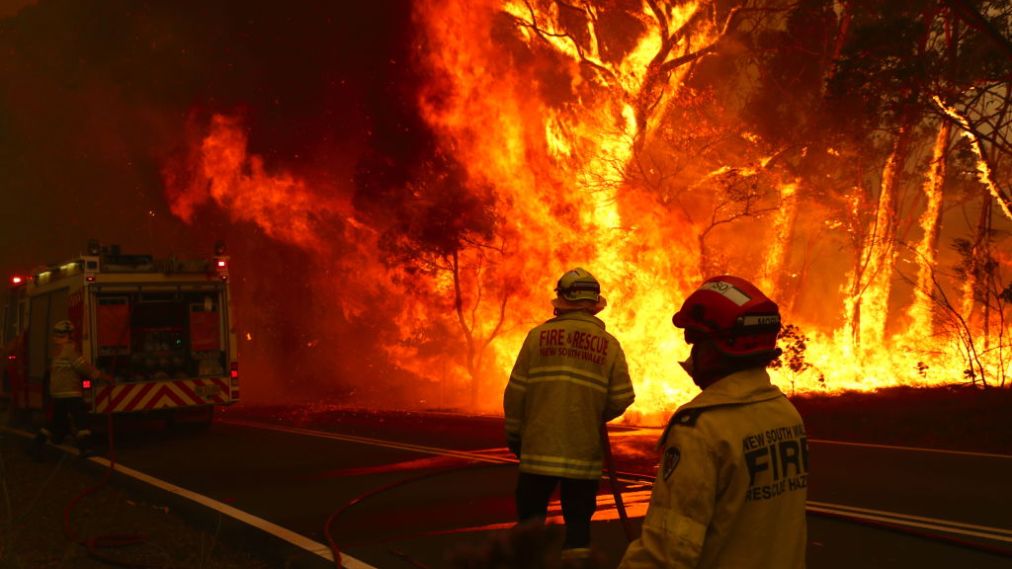The Burning of Australia: Factitious Fire or Climate Changes First Strike?

Trees squeal, water rushes, and ash rains. Fire hailed by blustery Antarctic winds and drought brought through oscillating ocean currents combined to place Austria inside of a gauntlet of natural disaster. General global heating combined with these factors collimate the wraths of nature to put Australia in a skillet of environmental destruction, political introspection, and near social pandemonium.
Temperatures of up to 120 degrees Fahrenheit have baked Australia’s foliage and soil, while heating over Antarctica produces high velocity winds the mainline fuel to the fire’s frontlines. Linden Ashcroft, a PBS climate expert, says that “we have tinder-dry forests. We have really strong winds. We have a climate that is a degree warmer than it was 60 years ago. All of those things combine for a devastating bushfire season.”
The immediacy of threat posed to flora and fauna; to humans and ecosystems by these fires is wearying in its enormity. Since they began, the flames have killed at least 25 people with a special avarice for rural and undeveloped areas. The number of animals killed is estimated to be over a billion.
Even the sacred Kangaroo Island, off the shore of Southern Australia has turned scorched, assenting a stretch of land three quarters of the size of Rhode Island. Half of the Island is burned, including the Flinders Chase National park which harbored an ark of endangered species and delicate habitat. “It’s apocalyptic,” says former park ranger Caroline Paterson to BBC News. The devastation has scarred Australia in environmental and social ways, even economically, statisticians attempt to quantify the horror in terms of currency lost; $32 million a day, according to the BBC.
The causes seem almost as salient as the destruction, but some conservative news outlets seek to blame another, more approachable, evils—namely, environmentalism. The Washington Times headlines reads “’Gross mismanagement’: Green forestry policies blamed for fueling Australian bush fires.” An eclectic coterie of scholars and fellows expound the sins of an over environmentally protective forestry policy as the real cause of Australia’s wildfires. Roy Spencer
, a meteorologist and staunch climate changer denier, says that the real cause of the Australia’s razing lies with bureaucratic bumbling and overzealous environmentalism.Allegedly, Australia’s mistake was “increasing pressure by the public to reduce prescribed burns, clearing of dead vegetation, and cutting of fire breaks.” In an irony that gleams with sweaty contrivance, Spencer suggests that excessive protection of the natural environment has, in fact, lead to its destruction. The article concludes with an epilogue by Myron Ebell, a more famed climate contrarian, who says “It’s clear this isn’t global warming. This is gross mismanagement of resources.”
The veins of climate-denial logic, however, are not banished to the recesses of alt-right bantam wailing. Instead, Australian Prime Minister Scott Morrison, assured Australian children late last year that they needn’t worry about climate change affecting them. PM Scott said, in response to Greta Thunberg’s precocious speech, that “I don’t want our children to have anxiety about these issues.”
We can only wonder if Prime Minister Scott is worrying now.


